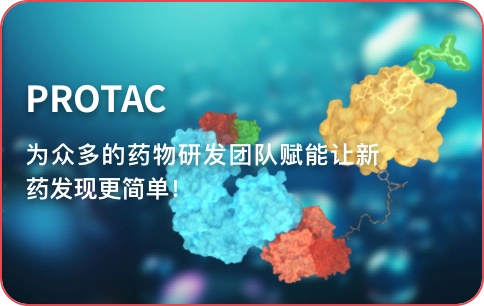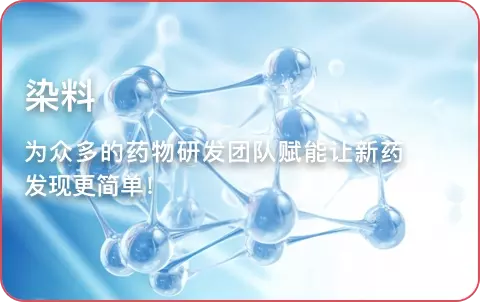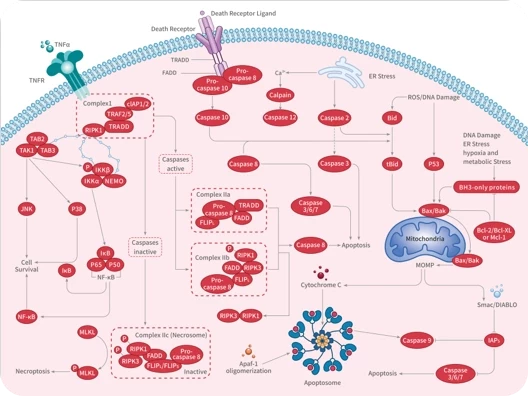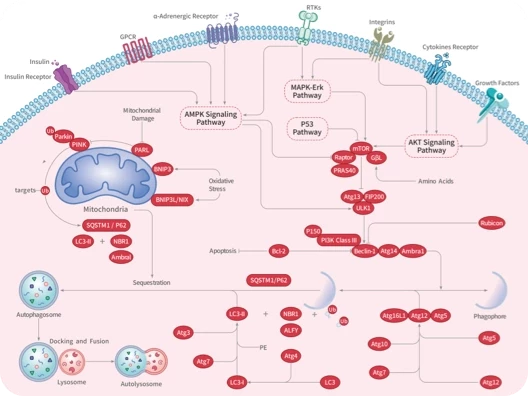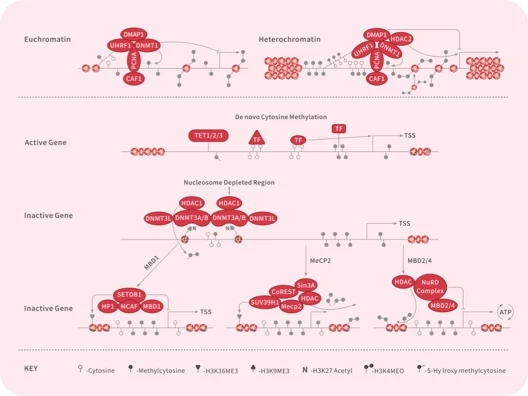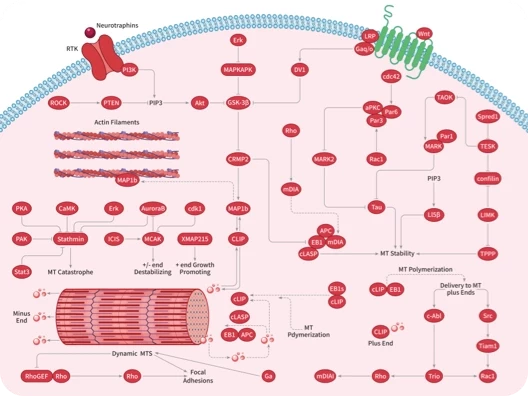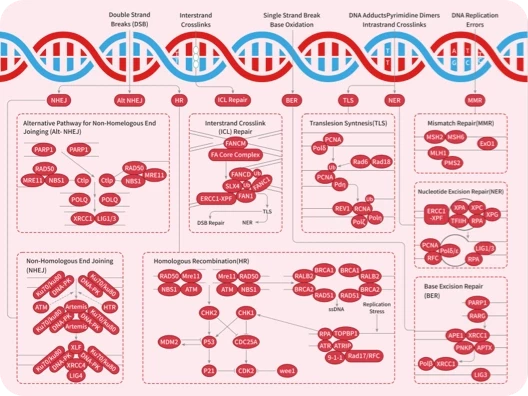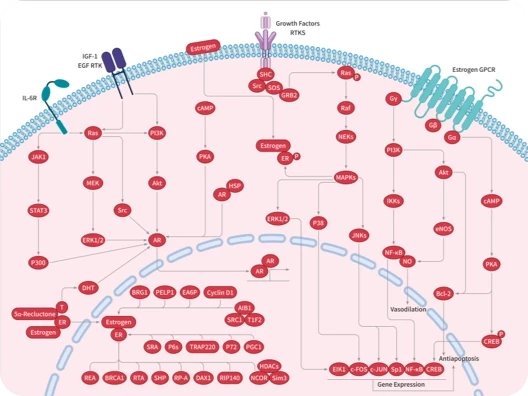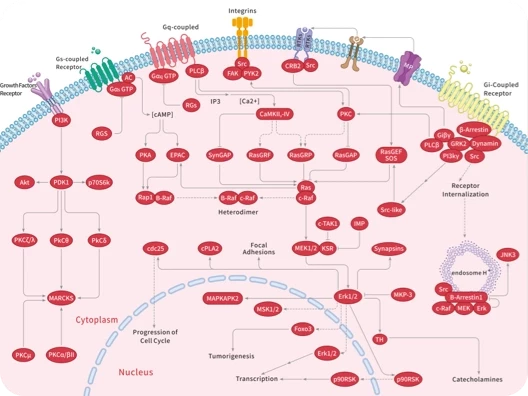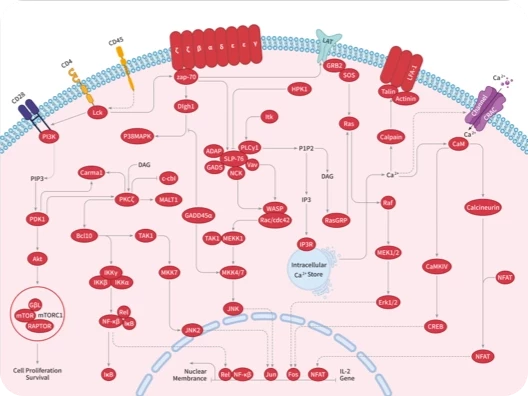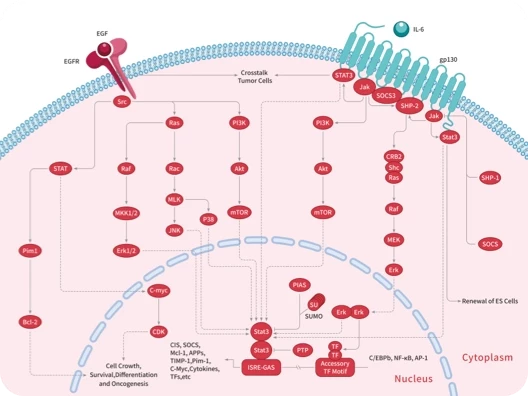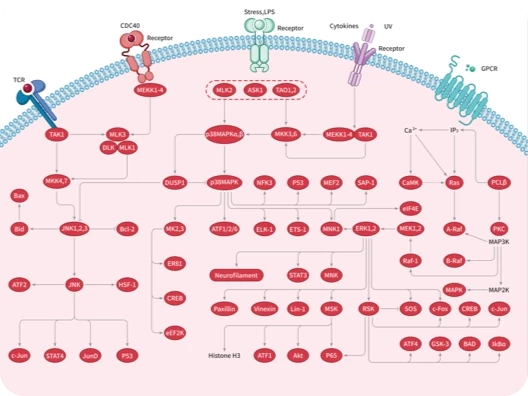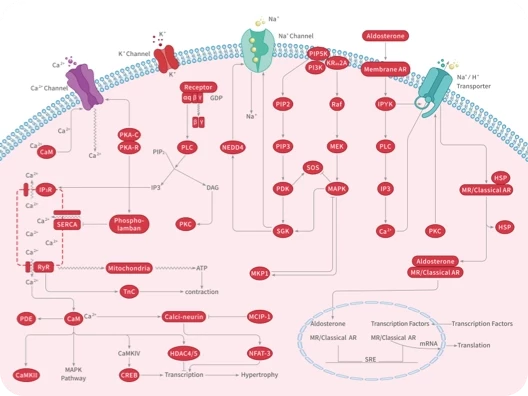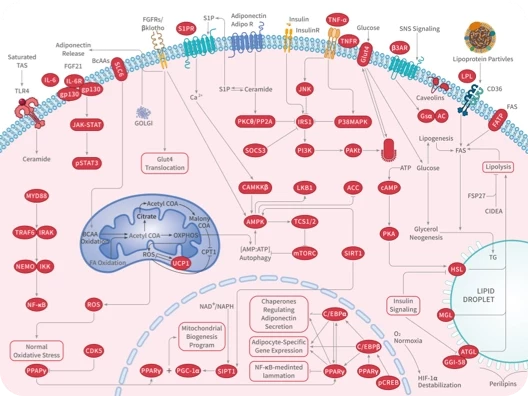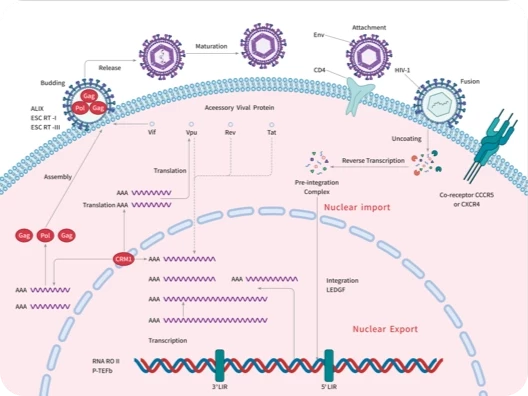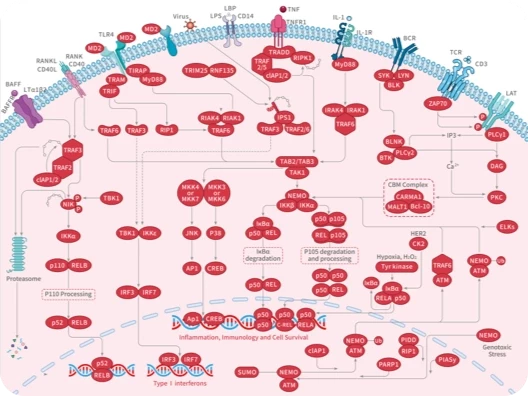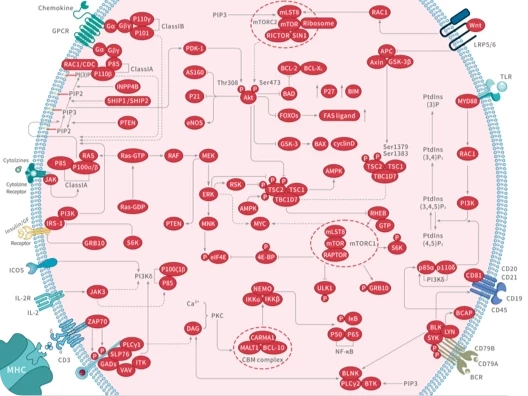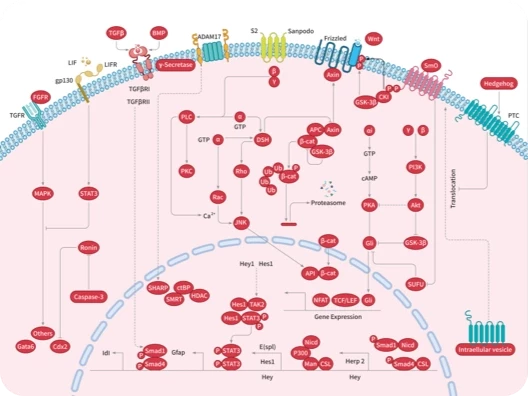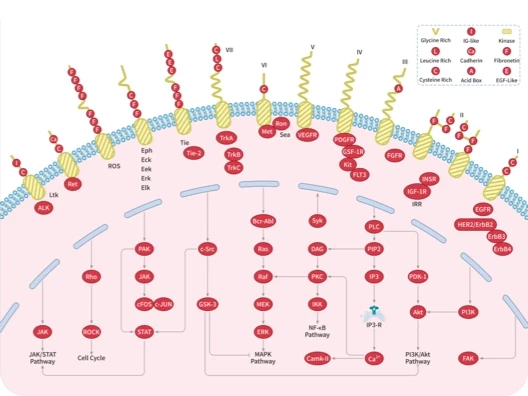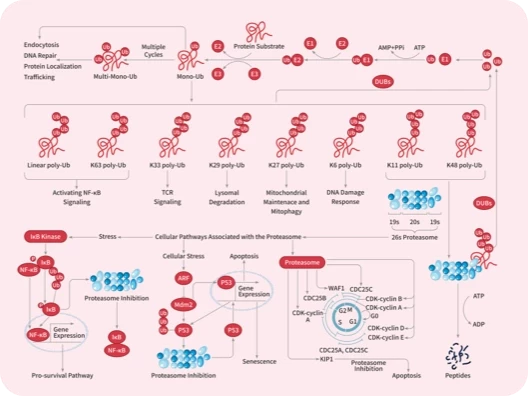- 全部删除
 您的购物车当前为空
您的购物车当前为空
购物车
T Plastin/PLS3 Protein, Human, Recombinant (His)
产品编号 TMPY-03987
PLS3, also known as plastin 3, belongs to the plastin family. Members of this family are actin-binding proteins that are conserved throughout eukaryote evolution and expressed in most tissues of higher eukaryotes. There are two ubiquitous plastin isoforms in humans: L and T. The L isoform is expressed only in hemopoietic cell lineages, while the T isoform has been found in all other normal cells of solid tissues that have replicative potential (fibroblasts, endothelial cells, epithelial cells, melanocytes, etc.). PLS3 contains 2 actin-binding domains, 4 CH (calponin-homology) domains and 2 EF-hand domains. It is expressed in a variety of organs, including muscle, brain, uterus and esophagus.
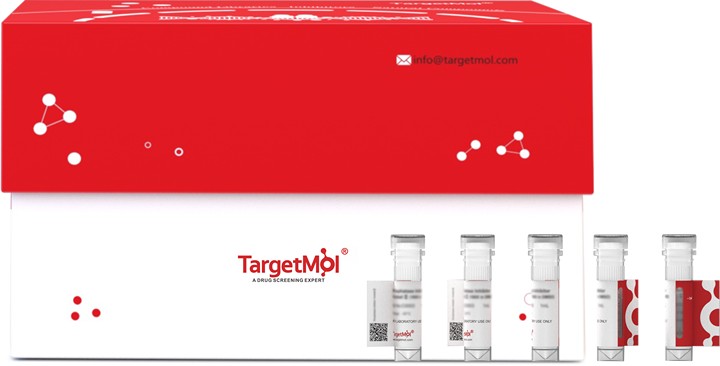
T Plastin/PLS3 Protein, Human, Recombinant (His)
产品编号 TMPY-03987
PLS3, also known as plastin 3, belongs to the plastin family. Members of this family are actin-binding proteins that are conserved throughout eukaryote evolution and expressed in most tissues of higher eukaryotes. There are two ubiquitous plastin isoforms in humans: L and T. The L isoform is expressed only in hemopoietic cell lineages, while the T isoform has been found in all other normal cells of solid tissues that have replicative potential (fibroblasts, endothelial cells, epithelial cells, melanocytes, etc.). PLS3 contains 2 actin-binding domains, 4 CH (calponin-homology) domains and 2 EF-hand domains. It is expressed in a variety of organs, including muscle, brain, uterus and esophagus.
| 规格 | 价格 | 库存 | 数量 |
|---|---|---|---|
| 100 μg | ¥ 4,460 | In stock |
大包装 & 定制
加入购物车
TargetMol 的所有产品仅用作科学研究或药证申报,不能被用于人体,我们不向个人提供产品和服务。请您遵守承诺用途,不得违反法律法规规定用于任何其他用途。
产品信息
| 生物活性 | Activity testing is in progress. It is theoretically active, but we cannot guarantee it. If you require protein activity, we recommend choosing the eukaryotic expression version first. |
| 产品描述 | PLS3, also known as plastin 3, belongs to the plastin family. Members of this family are actin-binding proteins that are conserved throughout eukaryote evolution and expressed in most tissues of higher eukaryotes. There are two ubiquitous plastin isoforms in humans: L and T. The L isoform is expressed only in hemopoietic cell lineages, while the T isoform has been found in all other normal cells of solid tissues that have replicative potential (fibroblasts, endothelial cells, epithelial cells, melanocytes, etc.). PLS3 contains 2 actin-binding domains, 4 CH (calponin-homology) domains and 2 EF-hand domains. It is expressed in a variety of organs, including muscle, brain, uterus and esophagus. |
| 种属 | Human |
| 表达系统 | E. coli |
| 标签 | N-His |
| 蛋白编号 | P13797 |
| 别名 | T-plastin,plastin 3,BMND18 |
| 蛋白构建 | A DNA sequence encoding the human PLS3 (P13797) (Gly102-Asn375) was expressed with a polyhistide tag at the N-terminus. Predicted N terminal: His |
| 蛋白纯度 | > 95 % as determined by SDS-PAGE |
| 分子量 | 32.2 kDa (predicted); 30-34 kDa (reducing conditions) |
| 内毒素 | Please contact us for more information. |
| 缓冲液 | Lyophilized from a solution filtered through a 0.22 μm filter, containing PBS, 10% Glycerol, pH 7.4. Typically, a mixture containing 5% to 8% trehalose, mannitol, and 0.01% Tween 80 is incorporated as a protective agent before lyophilization. |
| 复溶方法 | A Certificate of Analysis (CoA) containing reconstitution instructions is included with the products. Please refer to the CoA for detailed information. |
| 存储 | It is recommended to store recombinant proteins at -20°C to -80°C for future use. Lyophilized powders can be stably stored for over 12 months, while liquid products can be stored for 6-12 months at -80°C. For reconstituted protein solutions, the solution can be stored at -20°C to -80°C for at least 3 months. Please avoid multiple freeze-thaw cycles and store products in aliquots. |
| 运输方式 | In general, Lyophilized powders are shipping with blue ice. |
| 研究背景 | PLS3, also known as plastin 3, belongs to the plastin family. Members of this family are actin-binding proteins that are conserved throughout eukaryote evolution and expressed in most tissues of higher eukaryotes. There are two ubiquitous plastin isoforms in humans: L and T. The L isoform is expressed only in hemopoietic cell lineages, while the T isoform has been found in all other normal cells of solid tissues that have replicative potential (fibroblasts, endothelial cells, epithelial cells, melanocytes, etc.). PLS3 contains 2 actin-binding domains, 4 CH (calponin-homology) domains and 2 EF-hand domains. It is expressed in a variety of organs, including muscle, brain, uterus and esophagus. |
计算器
SCI 文献
技术支持
请阅读 重组蛋白用户指南 了解更多具体信息.










